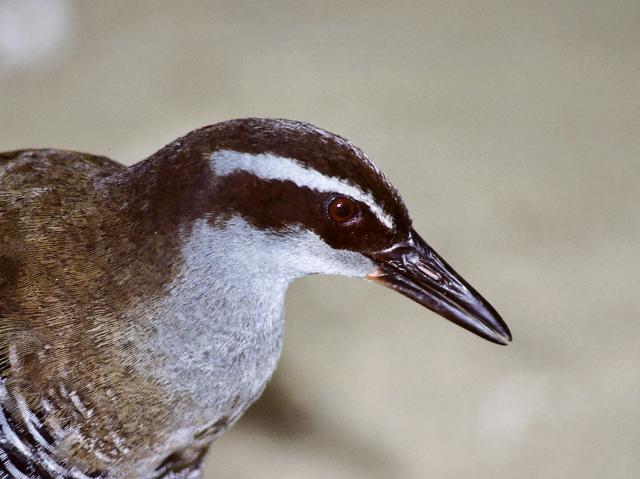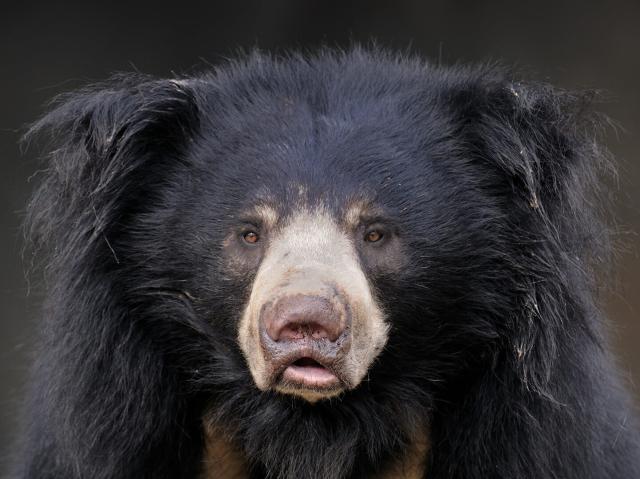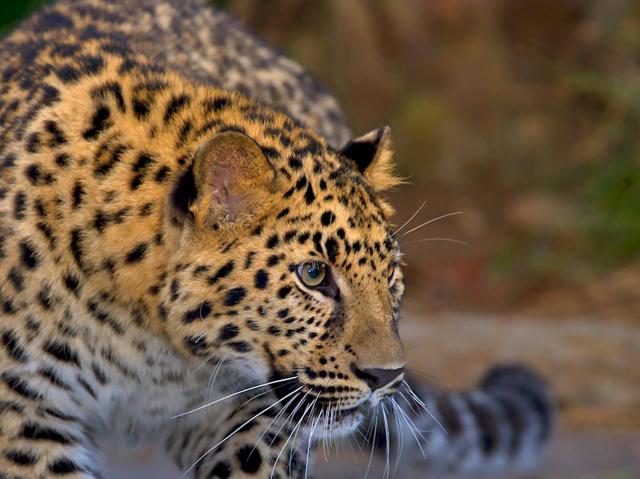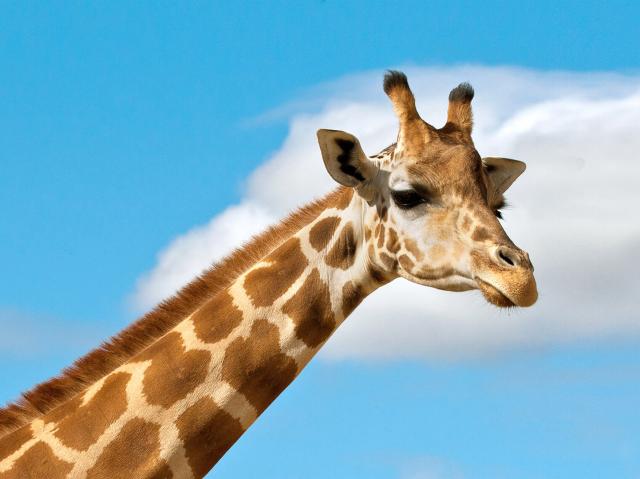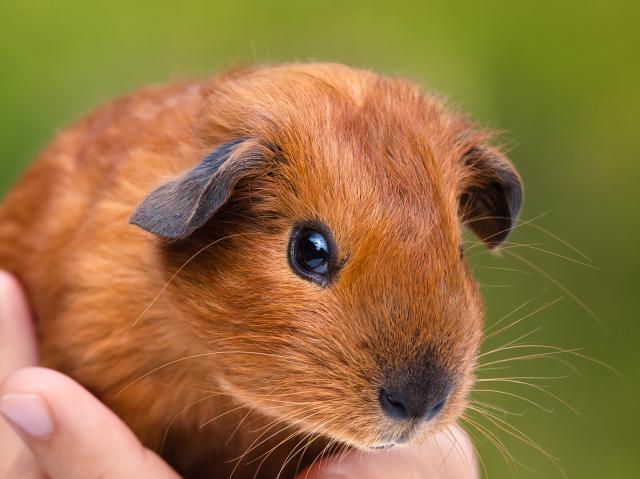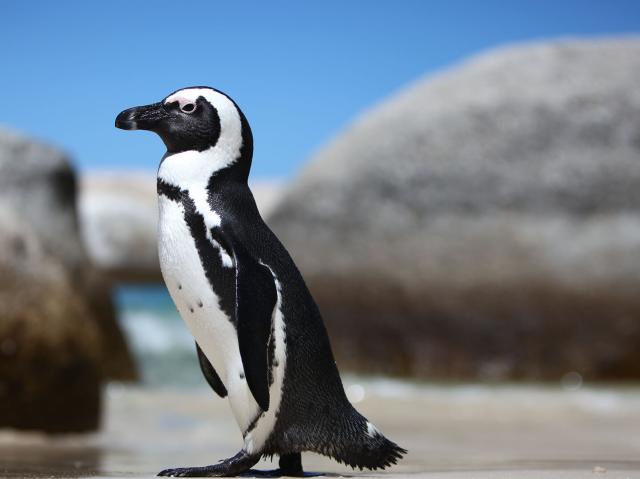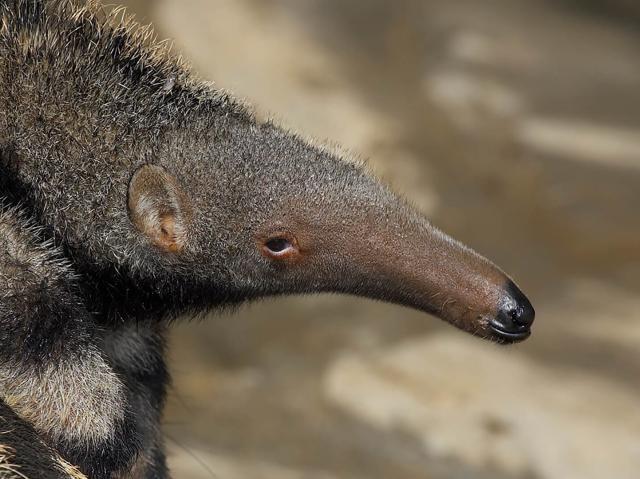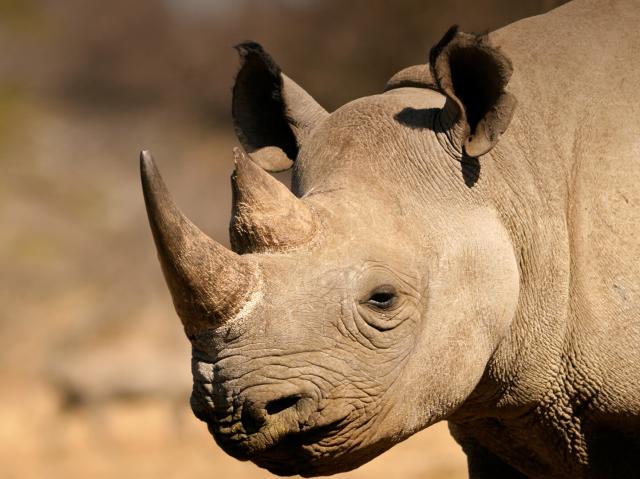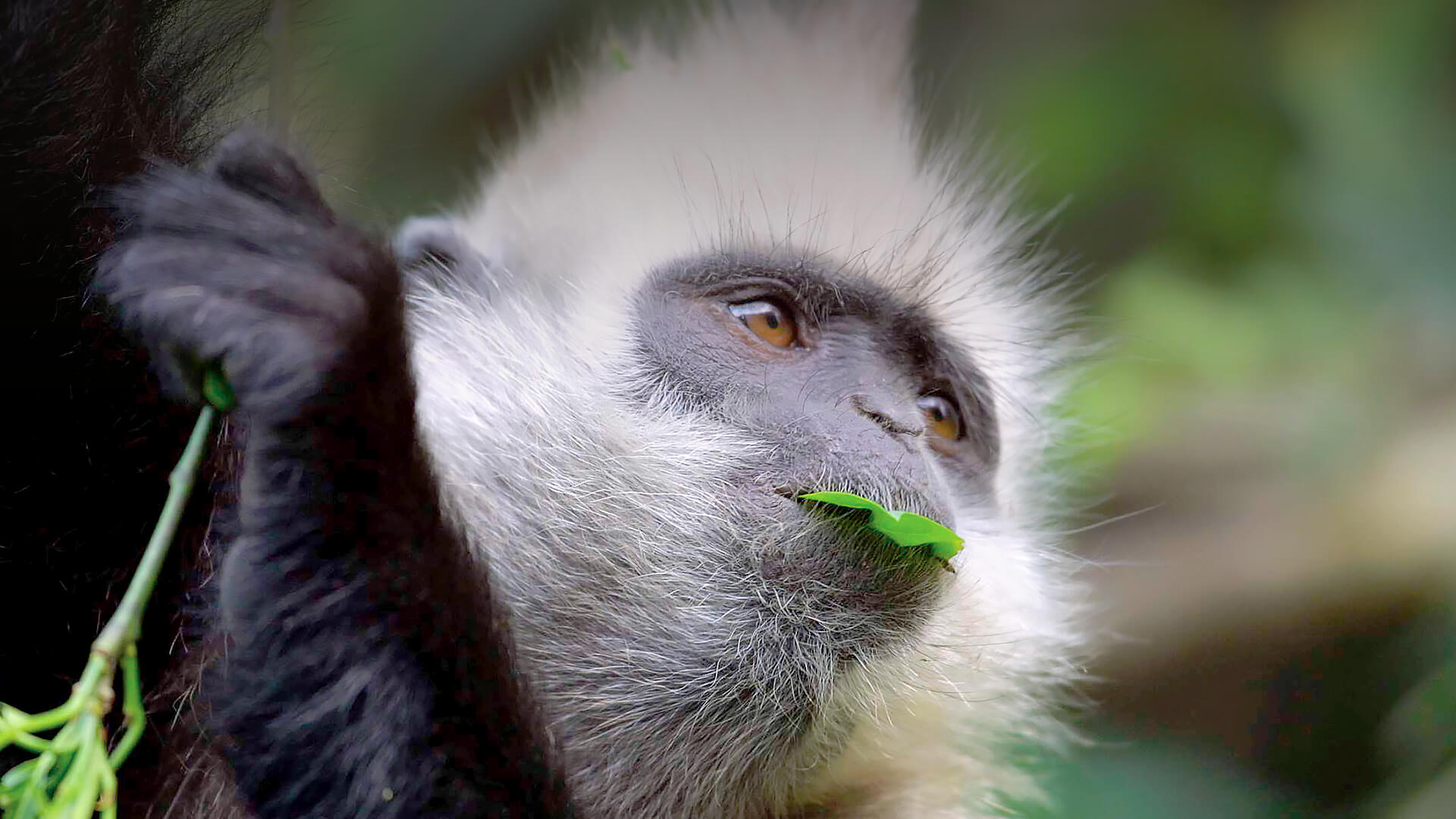
Monkey

- CLASS: Mammalia (Mammals)
- ORDER: Primates
- FAMILY: Callitrichidae (marmosets and tamarins); Cebidae (New World monkeys); Aotidae (night monkeys); Pitheciidae (titi and saki monkeys); Atelidae (howler and spider monkeys); Cercopithecidae (Old World monkeys)
- GENERA: 43
- SPECIES: 315

ABOUT
They’re curious, mischievous, and sometimes mysterious—monkeys! They have many different adaptations, depending on their habitat. Most are arboreal. Others, like macaques, baboons, and some mangabeys, are more terrestrial. All monkeys can use their hands and feet for holding on to branches, but some arboreal monkeys can use their tails, too. Tails that can grab and hold are called prehensile. These special tails are ridged on the underside and very flexible, so much so that they can grab a tree branch or pick up something as small as a peanut!
Monkeys are found in two main regions of the world, so scientists have grouped them as either Old World monkeys or New World monkeys. Old World monkeys are found in Africa and Asia. They include guenons, mangabeys, macaques, baboons, and colobus monkeys. New World monkeys live in Mexico, Central America, and South America. Some examples are woolly monkeys, spider monkeys, howler monkeys, capuchin monkeys, and squirrel monkeys. Marmosets and tamarins also live in New World habitats but are different enough to have their own scientific grouping.
There are a few characteristics that differ in Old World and New World monkeys:
Noses: Most Old World monkeys have small curved nostrils set close together. Most New World monkeys have round nostrils set far apart.
Cheek pouches: Macaques and some of the other Old World monkeys have cheek pouches, where food is stuffed on the run, so it can be chewed later. New World monkeys don’t have cheek pouches.
Rump pads: Some Old World monkeys, such as drills, have sitting pads on their rumps, but New World monkeys do not.
Tails: Some New World monkeys, such as spider monkeys, have prehensile tails, but Old World monkeys do not. And one Old World monkey, the Barbary macaque, has no tail at all!
HABITAT AND DIET
Most monkeys live in the tropical rainforests of Asia, Africa, and Central and South America, or the savannas of Africa. Geladas and golden monkeys are mountain dwellers, and Japanese macaques live in parts of Japan where it snows; these are the monkeys you may have seen on TV that find hot springs and spend a lot of time in the winter sitting in the warm water—kind of like a macaque Jacuzzi! Baboons live in savannas, open wooded areas, and rocky hillsides; although they can climb trees, they spend most of their time on the ground.
Many monkeys are known for their tree-swinging leaps that put human acrobats to shame! Many monkeys use the “arm over arm” technique you may have seen children practicing on the “monkey bars” at the playground. Colobus monkeys, unlike other monkeys, have hind legs that are much longer than their forelimbs, offering incredible leaping ability with great speed.
Monkey feet are as flexible as their hands, which also help them travel through small branches high up in the rainforest canopy. Monkeys play critical roles in their native habitats by pollinating flowers and dispersing seeds as they travel. Some monkeys can swim; their webbed toes help them paddle through the water, and they may swim across a stream or river to avoid predators or get to food.
While most monkeys are diurnal, or active during the day, night or owl monkeys are strictly nocturnal, using their enormous eyes to see well in the dark. They communicate with one another through scents and calls, including a series of grunts that resonate in the forest.
Prehensile tails come in handy for holding on to tree branches while a monkey collects food: flowers, fruits, nuts, leaves, seeds, insects, birds’ eggs, spiders, and small mammals. Old World monkeys fill up their large cheek pouches with fruits, leaves, and insects as they forage during the day, stopping to chew and swallow their food when they find a safe spot to rest. Baboons are also known to eat meat when they can catch it, including young antelope, rabbits, and birds like guinea fowl.
Leaves are the food of choice for some kinds of monkeys. Colobus monkeys and langurs have chambered stomachs that carry bacteria that help ferment and digest leaves. Geladas prefer to graze on grass!
FAMILY LIFE
Groups of monkeys, called troops, travel together by day to find food. A troop can number from a few individuals to a thousand or more.
Within huge troops, monkeys form smaller groups, called harems, which include an adult male, several adult females, and their offspring. Unattached adult males, called bachelors, sometimes form their own group. To keep family bonds, monkeys engage in daily mutual grooming.
One exception to social living is the gray titi monkey, native to the tropical forests of Bolivia. These small monkeys, which only weigh about 2 pounds (0.9 kilograms), live in small, monogamous family units made up of the parents and their immature offspring.
Some kinds of monkeys give birth to babies that are a completely different color from their parents. For example, adult colobus have black hair, but a newborn is white; langur babies are orange while their parents are black. This color distinction probably makes it easier for the whole troop to identify and look after the infants. The youngster’s color usually changes within the first six months, when a juvenile becomes an almost perfect copy of the adults.
Infants are helpless at birth, so they get rides by clinging to their mothers. But marmosets and tamarins are different—the fathers have almost all the responsibility! They carry the babies on their back and watch over them, only giving them to Mom for nursing. Another difference—they regularly have twin or triplet, not single, births.
When the troop is not traveling, monkey babies stay very active, spending much of their waking hours playing. These fun activities help young monkeys develop physical and social skills they need for adult life.
Monkeys are very social, so it is important that they communicate well in order to get along in their large groups. They use vocalizations, facial expressions, and body movements to get their messages across. Staring, for instance, is a threat in monkey society. Monkeys look down or away to avoid threatening other monkeys, thus preventing fights. Monkeys with long tails sometimes use them to communicate with others and indicate their mood. Loud vocalizations can mean, "stay out—this is my territory.” Using vocalizations instead of fighting is a much safer way to communicate. Monkeys use barks, screams, grunts, squeaks, hoots, wails, and moans to communicate with one another.
Grinning, or pulling the lip up to show the teeth, may seem like a smile to us. But for monkeys, this is a sign of aggression or anger, because biting is one of the ways monkeys fight and defend themselves. Other signs of aggression include head bobbing, yawning (again, to show the teeth), and jerking the head and shoulders forward. Cotton-topped tamarins raise and lower a crest of fluffy white hair on their head to emphasize their facial expressions.
Monkeys express affection and make peace with others by grooming each other. Although grooming helps monkeys keep their fur clean of dirt, dead skin, and parasites, it also helps them build and maintain good social relationships. Grooming seems to be a way to make up after fighting or to make friends with other troop members.
CONSERVATION
It's up to us to protect the future of monkeys around the world. Many live in areas where people live. Farmers often view monkeys as pests and hunt them. Some are hunted for their fur and for meat, known as bushmeat; some are hunted for medicinal concoctions. Monkeys are also illegally sold as pets, but monkeys do not make good pets. They are loud, messy, and can be aggressive. Monkeys can also become very sick from not getting the right food. By choosing pets responsibly, and learning to coexist with monkeys, we can safeguard their populations.
San Diego Zoo Wildlife Alliance’s African Forest Conservation Hub supports three permanently manned field stations in the Ebo forest, in the heartland of biodiverse Cameroon, Africa. Nine species of diurnal monkey species live in the Ebo forest, some of which (like the Preuss’s red colobus) are critically endangered. Many monkeys have been poorly studied, and researchers are only gradually uncovering their social, dietary, and behavioral habits. In Cameroon, hunting to supply the commercial trade in bushmeat destined for big Africa cities is one of the major threats to monkeys. Our conservation research stations are providing a safe haven simply because the presence of conservation scientists in the forest deters hunters. Our community outreach efforts in local villages helps promote coexistence and pride in the remarkable biodiversity of the Ebo forest. By fostering understanding and connection to the forest, we can help local communities appreciate and protect Ebo forest monkeys.
You can help protect monkeys and monkey habitat, too! When purchasing wood, look for certified products. These indicate the wood came from responsibly managed forests that use sustainable practices. Some rainforest products, such as Brazil nuts, actually help protect monkey habitat, because they can only be harvested from healthy rainforests. This type of product usually has a label describing how it helps protect the rainforest. Recycling and buying recycled products also helps save wildlife by reducing the amount of resources we take from the Earth.
By joining San Diego Zoo Wildlife Alliance as an ally for wildlife, you help save species worldwide.
YOUNG
Gestation: 4 to 8 months, depending on species
Number of young at birth: 1 (or rarely 2) for Old World and New World monkeys; 1 to 3 for marmosets and tamarins
Weight at birth: 0.5 to 31 ounces (14 to 900 grams), depending on species
Age of maturity: 18 months to 8 years, depending on species
SIZE
Largest: mandrill Mandrillus sphinx. Head and body length for males is about 28 to 32 inches (72 to 83 centimeters) and 33 to 59 pounds (15 to 17 kilograms). Females are much smaller—about 18 to 19 inches (45 to 50 centimeters) and 16 to 26 pounds (7 to 12 kilograms)
Smallest: pygmy marmoset Cebuella pygmaea, about 5 to 6 inches (12 to 16 centimeters), with a tail that's even longer—about 7 to 9 inches (17 to 23 centimeters). Most pygmy marmosets weigh just 3 to 5 ounces (85 to 140 grams).
FUN FACTS
Howler monkeys are the loudest monkeys—their deep, howling calls can be heard almost 2 miles (3 kilometers) through the forest and more than 3 miles (5 kilometers) over open areas like lakes. Males call to announce their territory to other troops.
Vervet monkeys have different alarm calls to identify different predators, such as eagles, pythons, and leopards.
Patas monkeys can run on the ground at up to 31 miles (50 kilometers) per hour, making them the fastest primate on land.
Burping is a friendly social gesture among leaf-eating colobus monkeys. Their chambered stomachs digest leaves by bacterial fermentation, which produces lots of gas.
Golden monkeys, with their long golden hair and turquoise blue faces, were depicted in Chinese art for centuries, although westerners thought they were a fable until western scientist saw these monkeys for themselves, in 1869.
The Allen’s swamp monkey "goes fishing” by placing leaves or grass on top of the water and grabbing fish that come to hide underneath.



